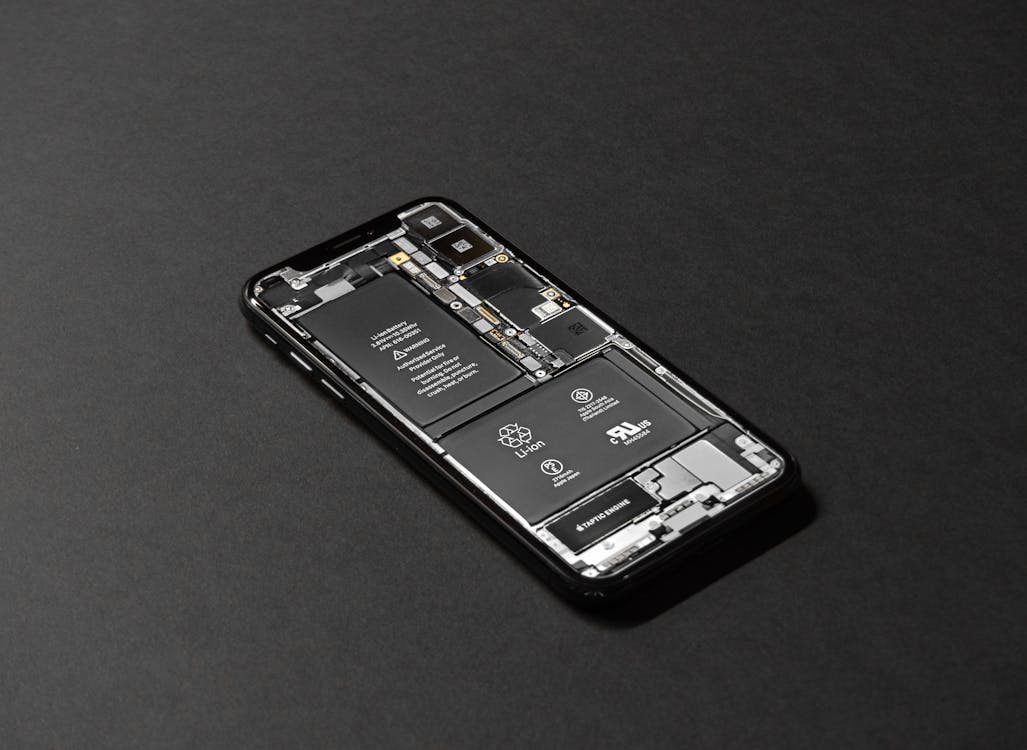Battery Technology: Powering the Future
Battery technology has come a long way since the first commercial battery was invented by Alessandro Volta in 1800. Today, batteries are essential for powering many modern devices, from smartphones and laptops to electric cars and grid-scale energy storage systems. As the world seeks to transition to a more sustainable energy future, batteries will play a key role in enabling the widespread adoption of renewable energy sources.
The basic principles of a battery are relatively simple. A battery consists of one or more cells, each containing two electrodes (a cathode and an anode) and an electrolyte that conducts ions between the two electrodes. When a battery is charged, ions flow from the cathode to the anode, where they are stored. When the battery is discharged, the ions flow back to the cathode, generating an electrical current.
The most common type of battery in use today is the lithium-ion battery. Lithium-ion batteries offer high energy density (meaning they can store a lot of energy in a relatively small volume) and are relatively lightweight. They are also rechargeable, making them ideal for use in devices that require frequent charging, such as smartphones and laptops.

Lithium-ion batteries are also increasingly being used in electric vehicles. Electric vehicles require large batteries to provide sufficient range, and lithium-ion batteries are currently the best option for this application. However, there are some drawbacks to lithium-ion batteries. They are relatively expensive to produce, and the supply of some of the materials used in their manufacture (such as lithium and cobalt) is limited.
Other battery technologies are being developed that may offer advantages over lithium-ion batteries. For example, solid-state batteries use a solid electrolyte instead of a liquid one, which could make them safer and more energy-dense than lithium-ion batteries. Flow batteries, which use two liquids separated by a membrane, could offer scalable and cost-effective energy storage for grid-scale applications.
In addition to these technologies, researchers are also exploring new electrode materials and battery architectures that could improve the performance and reduce the cost of batteries. For example, silicon anodes could increase the energy density of lithium-ion batteries, while lithium-sulfur batteries could offer even higher energy density than lithium-ion batteries.
Battery technology is also being used in conjunction with renewable energy sources to provide reliable and flexible power. For example, batteries can be used to store excess energy generated by solar panels or wind turbines, which can then be used when the sun is not shining or the wind is not blowing. This helps to ensure a constant supply of electricity and reduces the need for fossil fuel-fired power plants to provide backup power.
As the world moves towards a more sustainable energy future, the importance of batteries will only increase. From powering electric cars to storing energy from renewable sources, batteries will play a crucial role in enabling the widespread adoption of clean energy technologies. Continued innovation and investment in battery technology will be essential to drive down costs, improve performance, and unlock new applications for this versatile technology.
In conclusion, battery technology is a key enabler of the transition to a more sustainable energy future. From lithium-ion batteries to emerging technologies like solid-state and flow batteries, the development of new battery technologies promises to revolutionize the way we store and use energy. As the world continues to shift towards renewable energy sources, batteries will be essential for providing reliable and flexible power, unlocking new opportunities for innovation and growth in the process.